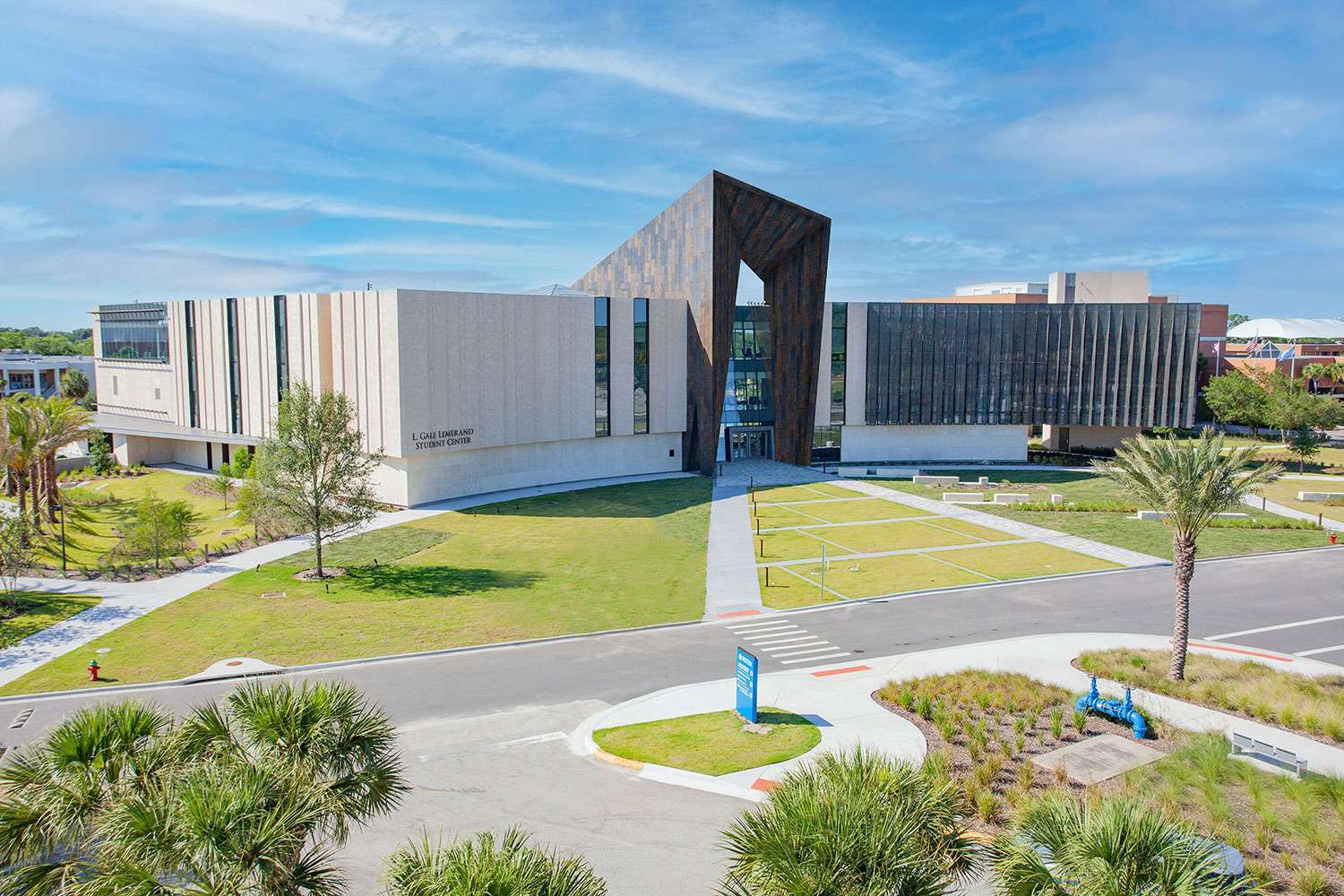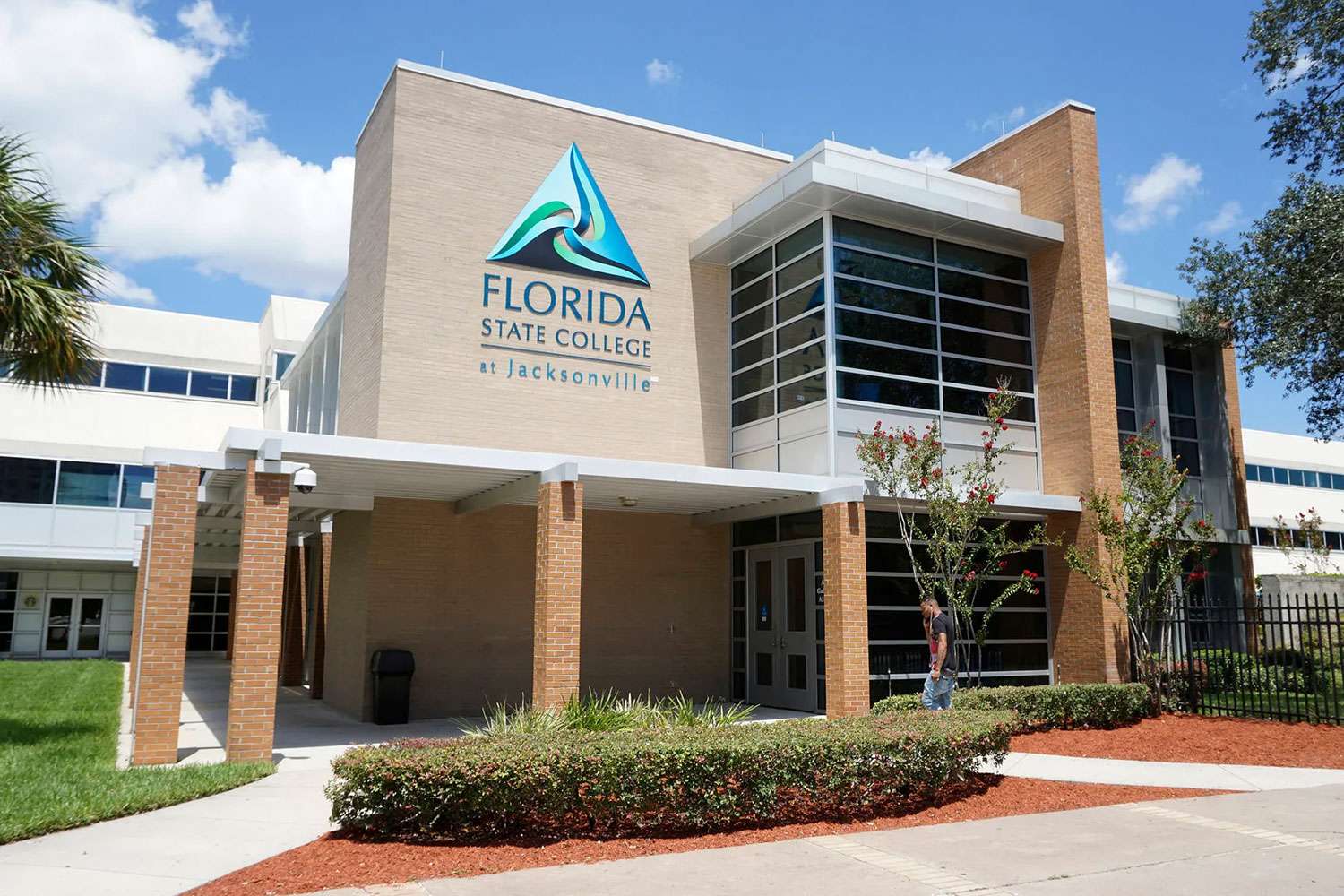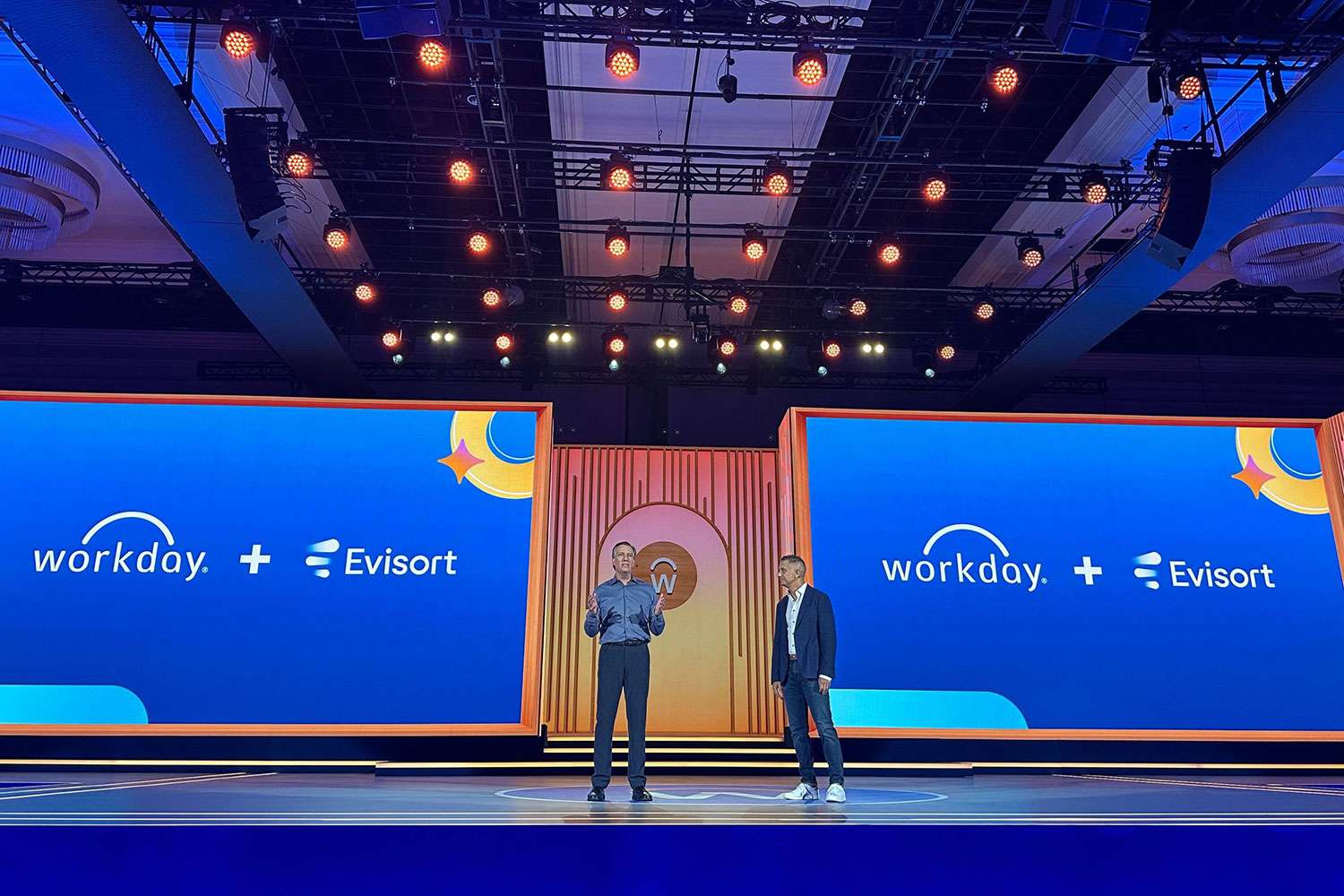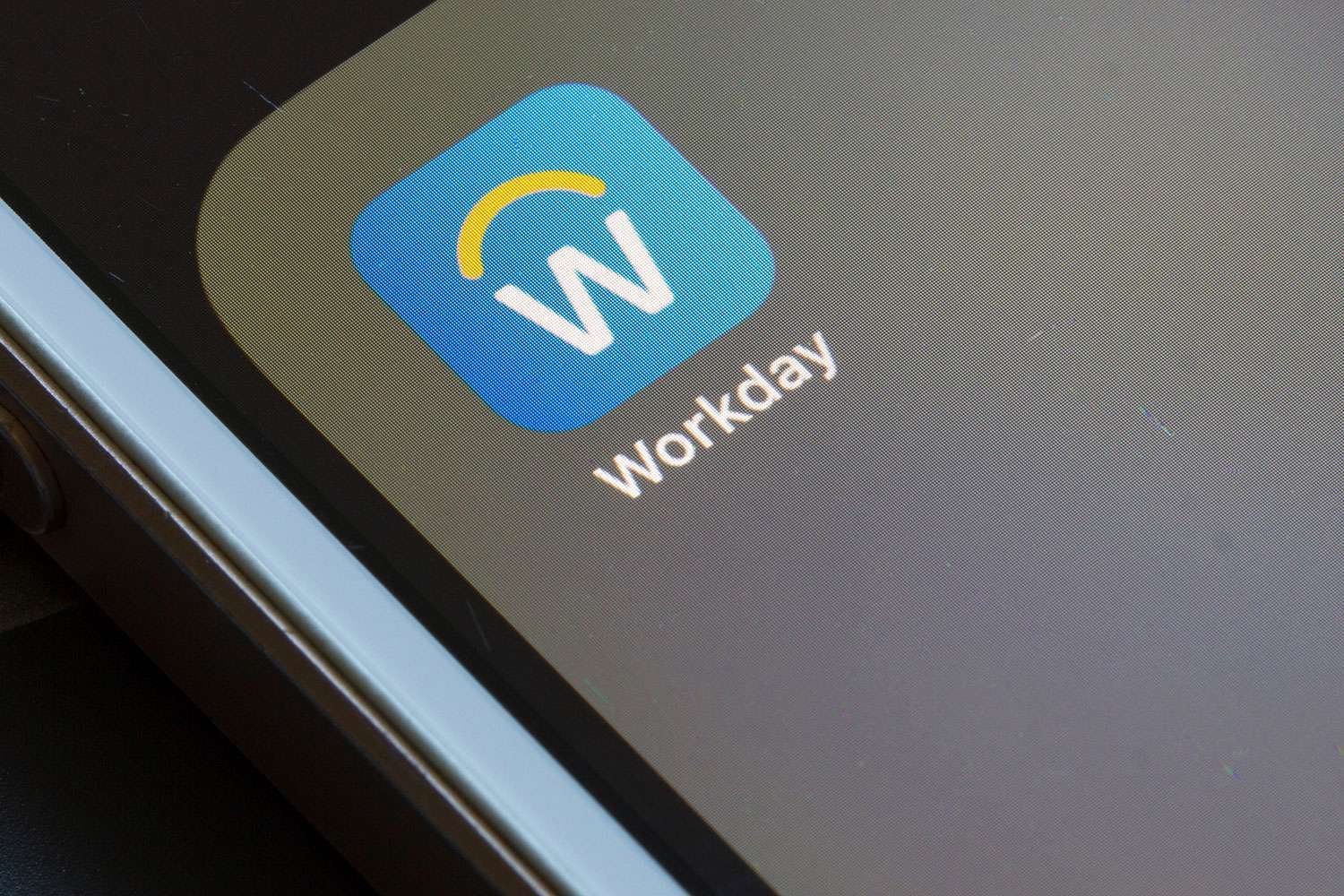Is There Relief in Sight for Community Hospital Infrastructure Workers?

Community hospitals were pushed to their limits during the COVID-19 pandemic’s early months, and things haven’t really calmed down all the way since then. While doctors and nurses are the public faces of these facilities when it comes to being overworked and understaffed, the same thing has been going on beyond the scenes where administrators and non-medical staff members are pushed to the limit as they attempt to keep the hospitals’ key infrastructure components working at their very best.
A People Problem and a Tech Problem
Hospitals present an unique duology when it comes to upgrading technology. Their budgets are focused on the tech that is going to allow doctors and nurses to do their jobs better, treat patients more efficiently, and save more lives. But the infrastructure behind those million-dollar pieces of equipment isn’t always privy to the same upgrades, particularly when a hospital is running a legacy system like PeopleSoft. PeopleSoft has been in place in many healthcare facilities for a few decades and is still going strong.
However, the staff that is charged with keeping PeopleSoft running at full capacity is starting to shrink at hospitals across the country. Some are reaching retirement age, some have switched professions after the incredible strain of COVID-19, and many more are of a younger generation who are coming into the hospitals with no knowledge of PeopleSoft at all, having cut their teeth on the new wave of Software as a Service (SaaS).
As more and more enterprise resource planning (ERP) systems get tech upgrades, they rely more on automation and less on the actual human element. While PeopleSoft has elements of automation and is a reliable, trusted part of many great facilities, something that is starting to weigh on its usefulness is the fact that the people who run it at one hospital typically have several other responsibilities that also eat away at their time.
That’s the inherent problem in community hospitals today. There are a whole lot of responsibilities and not enough people to do them. Training new employees or restructuring employees in PeopleSoft can take away time from current responsibilities that will make it even more of a time crunch on existing hospital operations.
What Other Choices Are There?
If your hospital is committed to PeopleSoft in the present, then a new ERP system is likely years down the road. To cover your bases in the present, one solution is to reach out beyond the confines of the hospital to find expertise from a third-party provider of PeopleSoft training and solutions. Allowing a consultant company staffed with PeopleSoft experts to come to your aid will give you the steady hand you need in the present to keep the flow going behind the scenes. More importantly, those experts can start working with your staff on a very granular level, teaching them the precise things they need to handle PeopleSoft’s functionality for day-to-day operations. That sort of in-the-moment functionality is vital to keeping a facility’s head above water, after which time your decision-makers can weigh the options of continuing with the training, continuing with a PeopleSoft consultant, or perhaps leaning the way of employing the consultant to perform managed services, taking on the burden of the many variables involved in PeopleSoft, which will allow your employees to focus on tasks more vital to the hospital’s future path.
If that sounds like the kind of help your hospital may need, please fill out the form below to speak with us.































